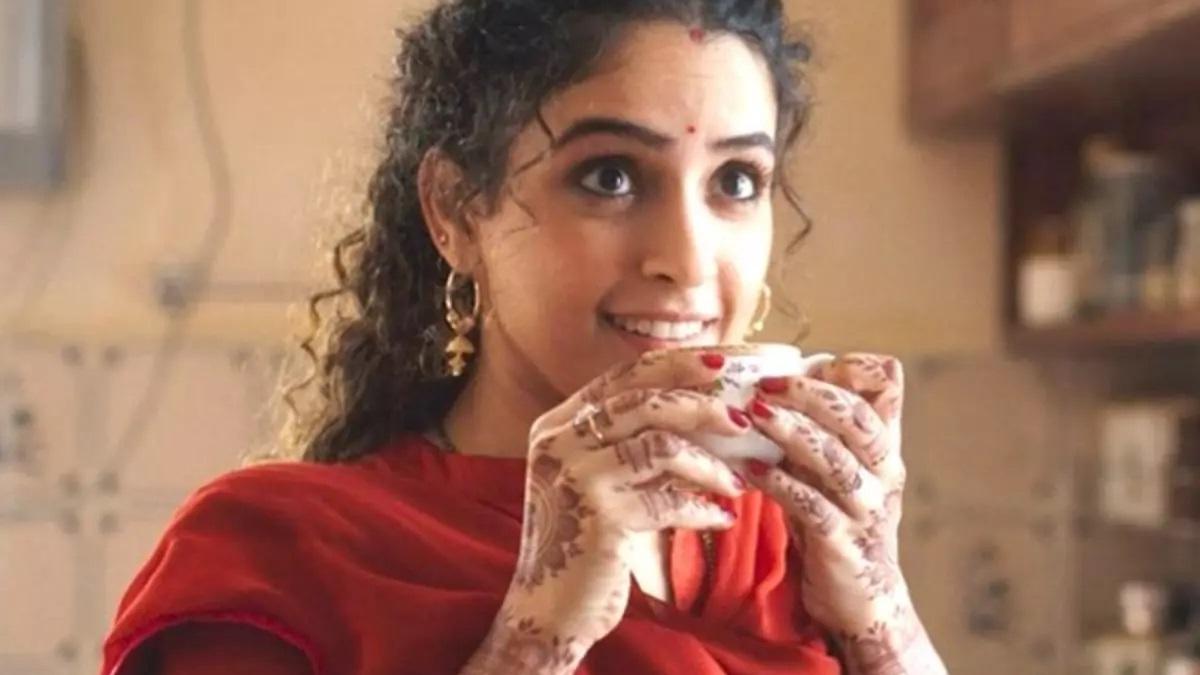Welcome to The Hindu’s newsletter that puts gender front and centre. Here, we’ll reflect on the world, cleaning up our glasses smudged from cultural conditioning. Through words, visuals, and voices we will see clearly how gender discrimination reinforces social hierarchies and worsens economic inequality. In the best tradition of sisterhood, three of us will share the ‘work’, one every week, each from a different generation of women. So, from one of us who describes herself as “existentially tired”, another as “unnecessarily enthusiastic”, and the third as “cautiously optimistic”, happy exploring, through our rainbow-rimmed glasses. Tell us what you think.
The strong, silent types
Earlier this month, at the Jaipur Literature Festival, film director Imtiaz Ali said that the portrayal of women in Hindi cinema has changed over time. “But it won’t be right to say that films in the past did not have strong female characters,” he said. “There was Mother India, of course, but… the female protagonist in Andaz… was equally strong.”
The term “strong female characters” has been brandished liberally over the past few years. No interview with an actor, director, or writer, or novelist seems complete without a reference to it. There are even listicles on news websites urging us to check out the latest films and books with “strong female characters”.
What does this term mean? Does it allude to physical strength à la Geeta and Babita from Dangal? Does it refer to the women who become “empowered” because they do the “daring” things that many men often do in Hindi films — smoke, talk brashly, and swear like sailors, like Meera did in No One Killed Jessica? Does it refer to the women who occupy positions that are normally dominated by men in films (Tejas)? Or is it just a lazy branding of any female character who just happens to be the protagonist (Crew, Bhakshak, Jigra, Do Patti)?
To be clear, I love watching women-centric films or films with strongly written characters, which is probably what people mean when they talk about “strong female characters”. But why then do we never hear of Shah Rukh Khan talking of how he loved essaying a “strong male character”? I believe it is because strength is still understood as one of the defining features of masculinity. This makes “strong female characters” exceptions, not the norm. The term has perhaps become popular as a way of challenging the myth that women are always emotional, and vulnerable.
As with any trope, seeing or hearing only of “strong women” on screen can be alienating for some and deathly dull for most of us. While I am happy to hoot for female characters wearing aviators and doing heroic stunts on screen, what I really love are ordinary women heroes. Like Sanya Malhotra’s character in Mrs, a remake of The Great Indian Kitchen, which represents the thousands of overworked and underappreciated housewives across India. Or Laapataa Ladies, a clever, satirical take on the invisibilisation of women, which portrays small acts of resistance by rural women.
In these stories, it is not only the strength of the female characters to take certain decisions that makes them likeable, but also all the things that make them human and relatable — their anger, frustrations, anxieties, and evolution over the course of the film. This is what I love about female characters in books too, as this piece points out about Sahitya Akademi award-winning writer Easterine Kire’s works, which often have women as protagonists.
For the longest time, Hindi films were filled with women playing damsels in distress. Now, we are in the Age of Strong Female Characters. Why can’t we just have realistic, everyday women?
Toolkit
February 10 was celebrated as the International Day of Women and Girls in Science. In Lab Hopping (2023), Nandita Jayaraj and Aashima Dogra explore the story of the gender gap in STEM in India. For the book, Jayaraj and Dogra spoke to renowned women scientists across the country as well as researchers, to record their struggles and victories in a male-dominated field. They also run a website, TheLifeofScience.com, which “covers the research and journeys of underrepresented groups in Indian science, and reports on issues of access and inequity that exist within the STEM community.”
Wordsworth
Toxic masculinity: A reference to those beliefs and behaviours rooted in traditional notions of masculinity and taken to the extreme. This week, a former Meta Director, Kelly Stonelake, said she was suing the company over what she alleges is a “toxic pattern” of silencing women. “I can show what happens when we want more masculine workplaces — that it doesn’t just harm those who aren’t masculine; it [also] harms vulnerable people around the world who trust tech companies to protect them,” she said.
Somewhere someone said something stupid:
“When I’m at home, it doesn’t feel like I’m surrounded by my granddaughters; it feels like I’m a ladies’ hostel warden, surrounded by ladies all around. I keep wishing and telling (Ram) Charan, at least this time, have a boy so that our legacy continues, but his daughter is the apple of his eye… I’m scared that he might have a girl again.”
Chiranjeevi, actor and politician
People we met
Sumana Pramanik is a transgender woman from West Bengal who has cleared the State government-conducted test that makes her eligible to be an assistant professor at a university or college. “I have faced rejection all my life because of my gender. Even when I would ask friends to get me students for tuition, they would say, “Do you know how difficult that is? What will they call you, Sir or Ma’am?’ My success is a slap on the face of rejections I faced at every step of my life,” she told The Hindu.
Published – February 15, 2025 09:35 pm IST
